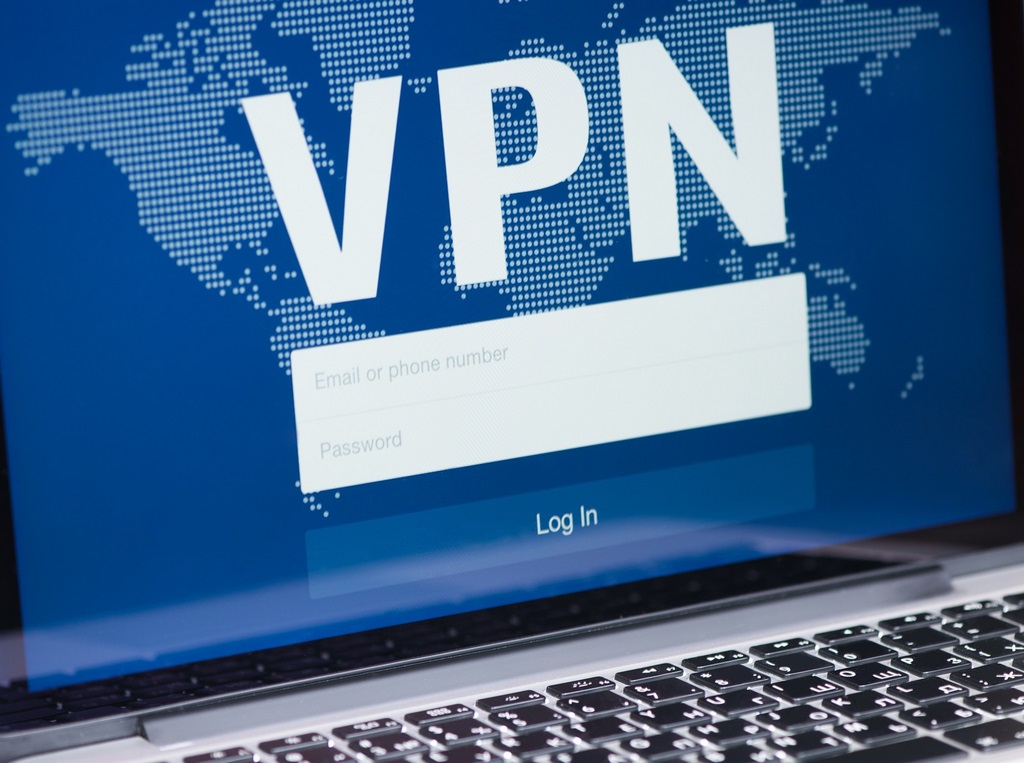
It seems Bitcoin and all the hubbub about cryptocurrency is ‘back on’ now, and there’s a renewed general interest in mining for digital currency. The one takeaway anyone who’s developing an interest in this should take is that this is not a way to get rich quick, and that bitcoin mining is much more labour-intensive than you think. Blockchain technology is integrally important to managing cryptocurrencies, so f you’re still not dissuaded and you’d like to start amassing cryptocurrency for yourself then you’re encouraged to read on. Here at 4GoodHosting, we join every other Canadian web hosting provider in understanding the way many of our customers have real interest in taking advantage of everything that’s there for discovery in the digital world. It’s likely more than a few are taking more than a passing interest in cryptocurrency mining, so today we’ll share some information these folks are going to find valuable. Smart contracts have the potential to be one of the most useful tools associated with blockchain, and it’s almost certain that they’re going to take off right along the cryptocurrencies they’re designed to manage. So what exactly are smart contracts then? No Administration Required Smart contracts are self-executing, business automation applications that run on a decentralized network, such as blockchain. The appeal of them is specifically in the way they're able to remove administrative overhead. Indeed, smart contracts are one of most attractive features associated with blockchain technology. Blockchain functions as a database, and confirms that transactions have taken place, while smart contracts execute pre-determined conditions at the same time. They’re not unlike a when a computer executes on "if/then," or conditional, in programming. The way all of this works is once certain conditions of a smart contract are met – and related to our discussion here that’ll be two parties agreeing to an exchange in cryptocurrency – they can automate the transfer of bitcoin, fiat money, or the receipt of a shipment of goods that makes it possible for them to continue on their journey. The workings of that will reveal a blockchain ledger that stores the state of the smart contract. Tokens and Smart Contracts The different...














